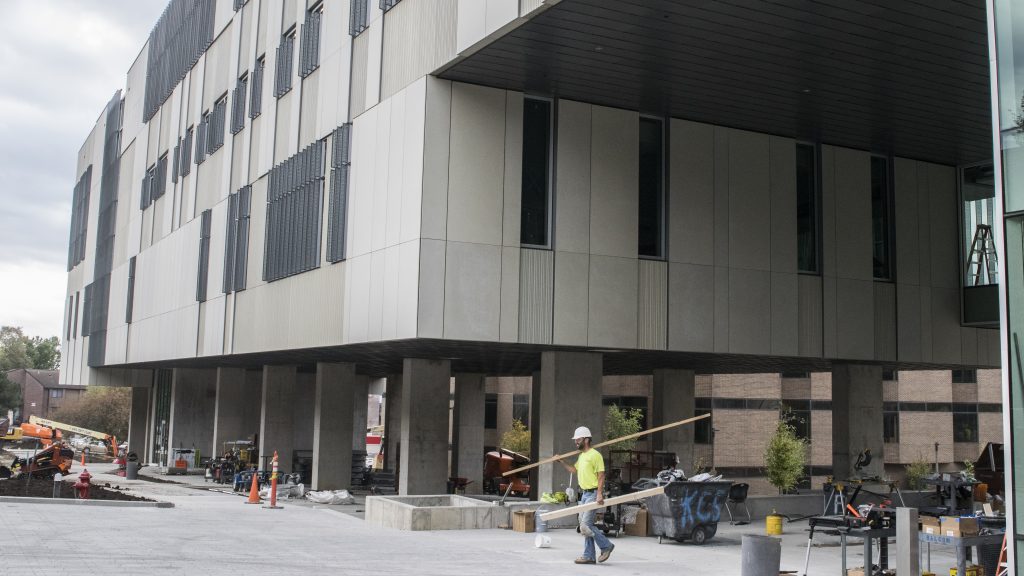Kumar: STEM needs the arts and humanities
STEM courses are still important to teach but they do not provide students with as complete of an education as STEAM would.
August 30, 2018
In recent years, we’ve seen a push for girls to take an interest in STEM-related courses and fields. But the problem with these courses goes beyond the need for diversity in the field.
Science, technology, engineering, and math are important in order for our world to progress, but pushing only these core four areas does not make for a comprehensive education or a well-rounded person. Instead, this leaves a blind spot in the work field when trying to solve problems and innovate. The arts and humanities need to be incorporated in STEM programming so students in the fields can be better prepared for what’s ahead.
The National Center for Biotechnological Information, a government entity, published research showing the correlation between students who practice music and better cognitive function and ability. Students who participate in the arts are exposed to a different perspective from those who aren’t. The push for STEAM comes from many teachers and educators who want to ensure students are provided every tool possible so they are ready for every situation possible.
When we incorporate the arts, we don’t hinder potential in STEM, rather, we enhance it. For years, we’ve known that not every student learns the same way, but when we incorporate “A” into STEM, we open up new avenues of understanding.
Many colleges advocate for a liberal-arts education, but this approach isn’t found in most high schools and elementary schools across the nation.
Lois Hetland, a researcher at the Harvard Graduate School of Education, said students who participate in the arts learn “studio habits of mind.” Essentially, they learn how to grow from their mistakes, persist through them, commit and follow through with their work, and envision what may not be physically in front of them.
These are not topics conventional STEM courses will teach.
In Iowa, the push for STEM is led by the Governor’s STEM Advisory Council. The panel focuses on rewarding teachers, providing STEM experiences for educators, and setting goals for STEM in Iowa. Yet in 2017, nearly all grade levels in schools across the state showed lower scores in reading and math, making the need to add the arts into STEM programming all the more important. It seems the initiative fails to push writing and reading and does nothing for math skills.
So, in the end it doesn’t have to be one or the other. The arts and humanities don’t have to be separated from STEM, they should be taught in conjunction with STEM. While there is only a correlation between cognitive function and the arts, the other invaluable skills students can gain makes the STEAM movement pertinent for comprehensive education. STEM alone is not enough to prepare students, but with the arts and humanities, it can be.



